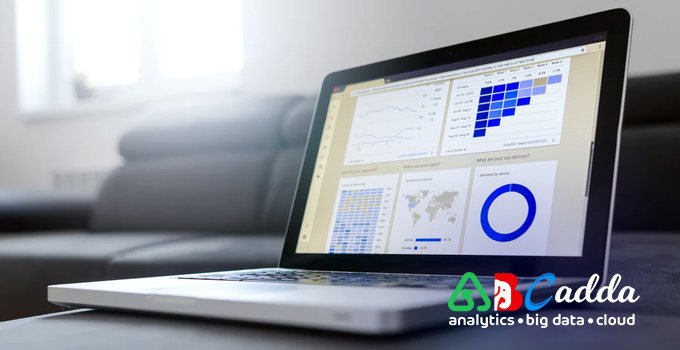In the current scenario of the world, encryption and data masking reversible happen to be one of the most common and powerful techniques to safeguard your data and protect it from any kind of unauthorized access.
Even though both these methods are often used, they are still very different and have different uses.?
Both these types of securities are made to solve different data security problems.?
These concepts do align when it comes to the consideration of different elements, yes. However, to state the obvious, these are distinct processes.
No doubt both of these concepts are designed to ensure data protection, but there are a few things that are the difference and you might actually believe the same when you reach the end of this post.
For the encryption part, there?s a strong need for reversibility. However, for masking, the same reversibility is a weakness.
For the key differences part, let’s take the help of a table that we could use to make you understand both these concepts.
Which brings us to the main part of our topic –
Is data masking reversible?
Data Masking definitely leaves your data with untraceable figures. These characteristics and figures might help you safeguard your data, but reversing such elements on your data is extremely difficult.
Once data is masked, there are very fewer chances of it being reversed. However, if you are somehow able to do it, you are going to need a lot of resources and time on your hand.
If you want the original data restored, mostly the answer is going to depend on whether you are leaving your source data alone or not, just like in dynamic data masking. Or does it involve the scenario when you are writing the masked data out to the new targets? In such cases, the answer most likely is NO!
Even if the answer is no, you are still going to need realism where cases non-reversible pseudonymization might actually be one of the best approaches you could go for.
If you aren’t bothered by the appearance, try to go with character redaction. And if nothing works out for you, try outright deletion of the source column right from the target.
And in case the answer is YES, then different data masking functions like encryption, tokenization, encoding, or ASCII re-ID are indicated.
Talking about more advanced outcomes, you can even go for the differential reversal where different recipients of the same target are allowed to view different versions of the same data sets.
In such rare cases, private encryption keys and different revelation job scripts and custom applications could be deployed.
Data masking reversible is mostly preferred by such users that have common interactions for testing with sensitive data or perform research on sensitive projects. Data, when asked for, goes through a variety of systems, some of which could be insecure. The same could pose a risk for the data to be misused or even stolen.
However, with the process of redacting, the important elements of the whole data set are protected by forming a masked layer, yet it is often irreversible.
Processes like de-identification also identify the information in the data set. This prevents the identification of data, even by the people who are conducting the research in the first place.?
With the process of data masking reversible, even the most brutal data attacks find it hard to read the information.?
